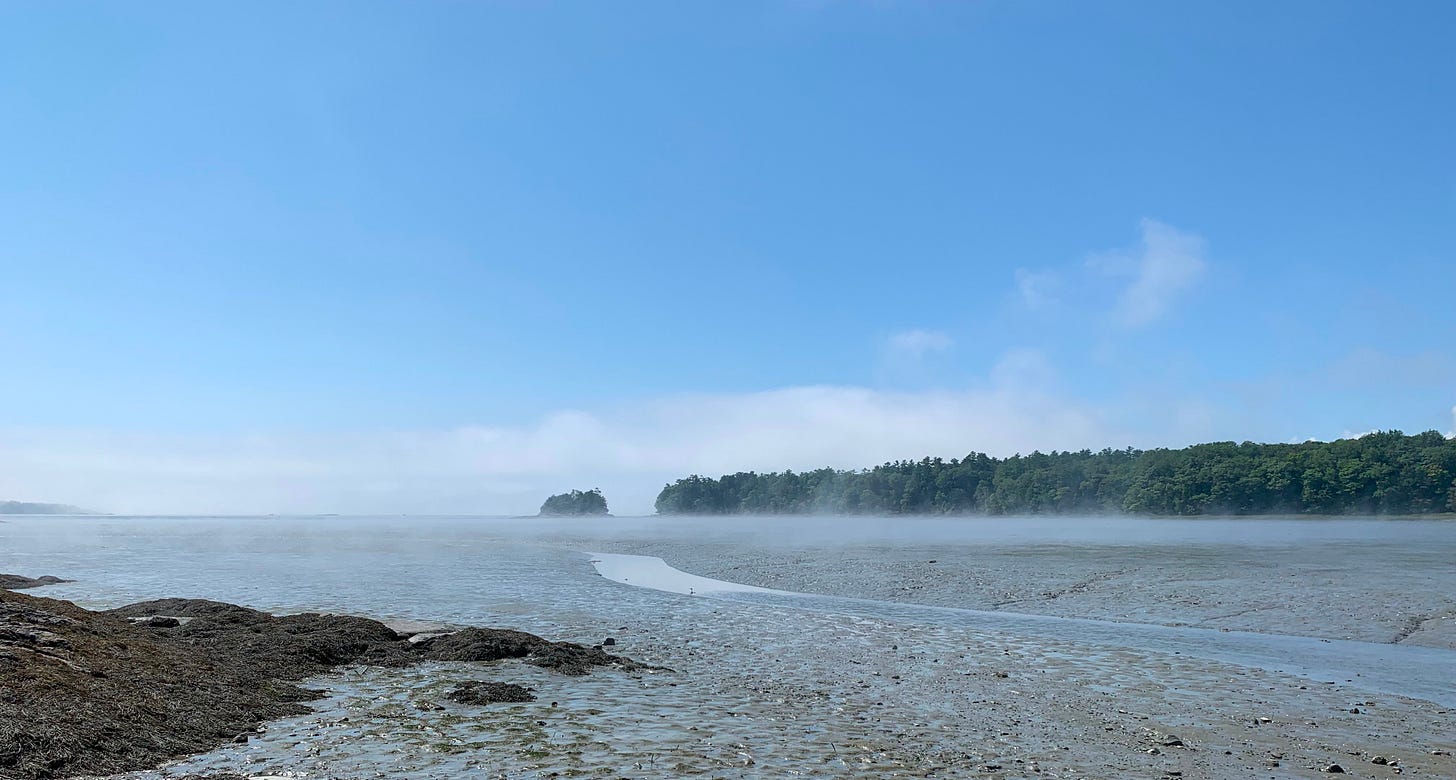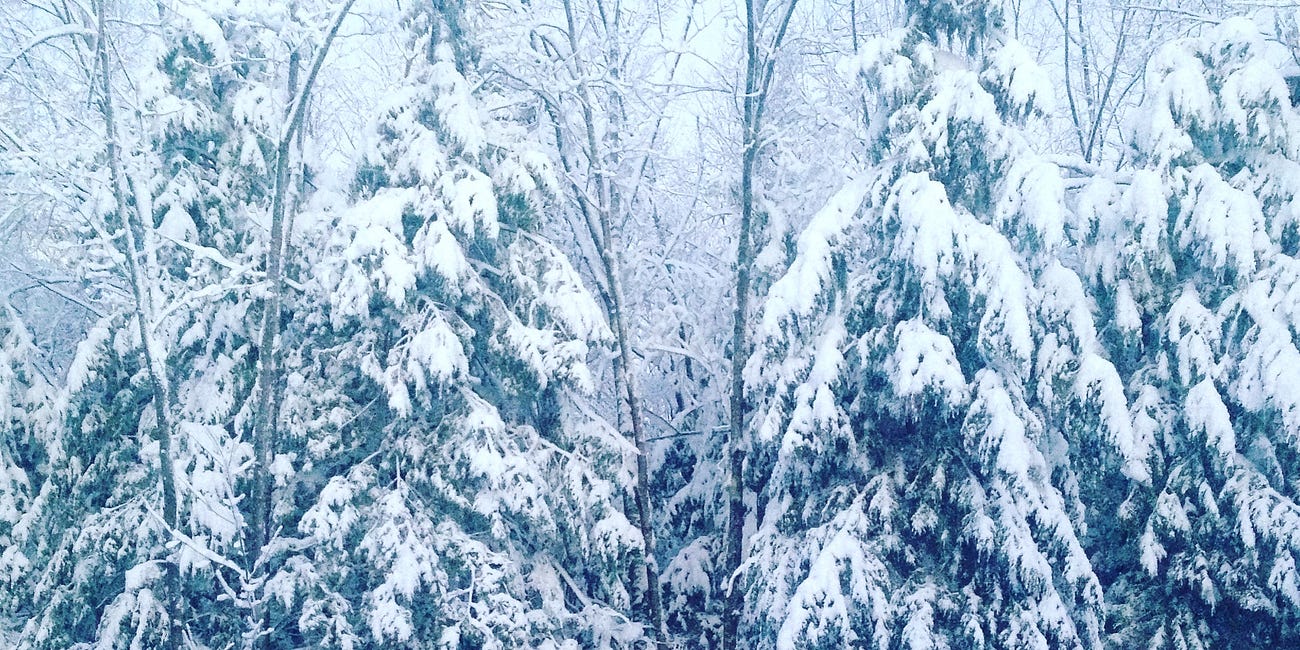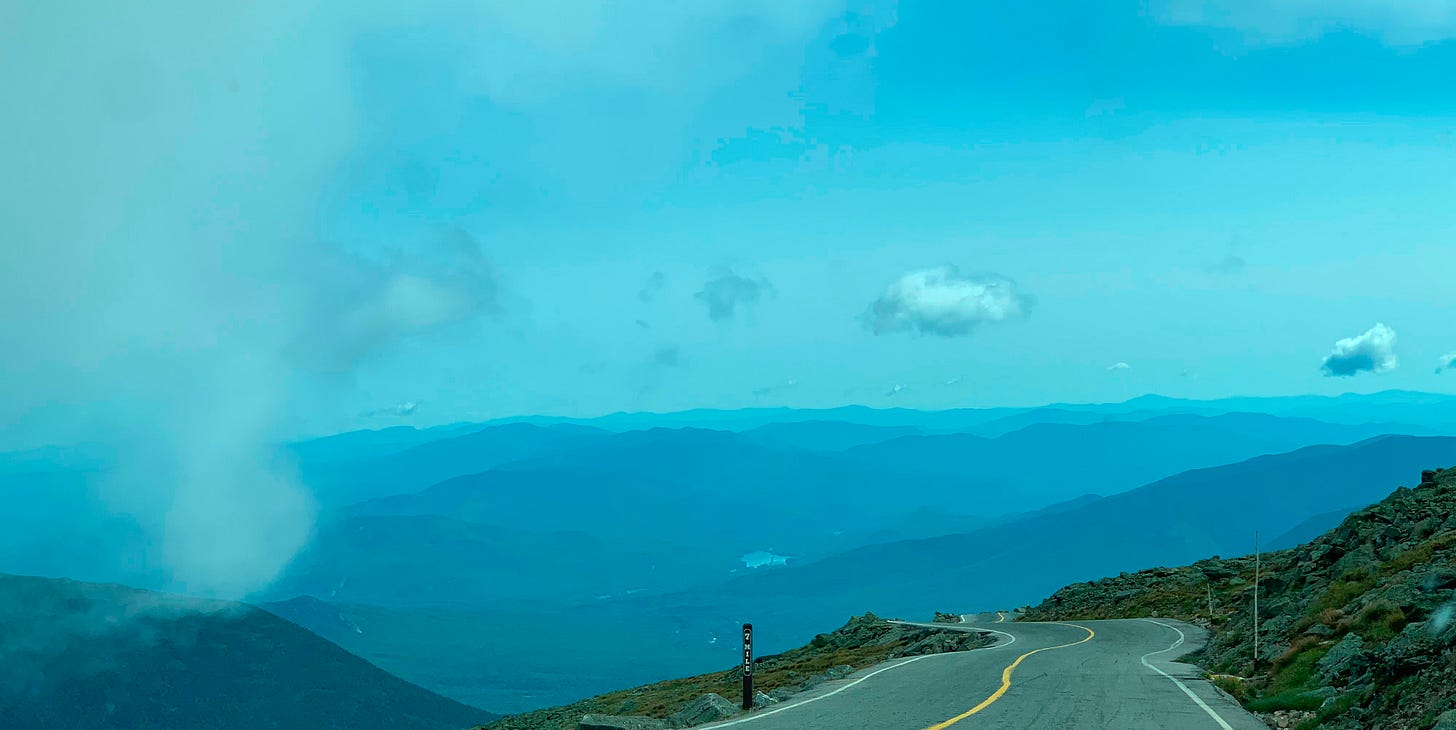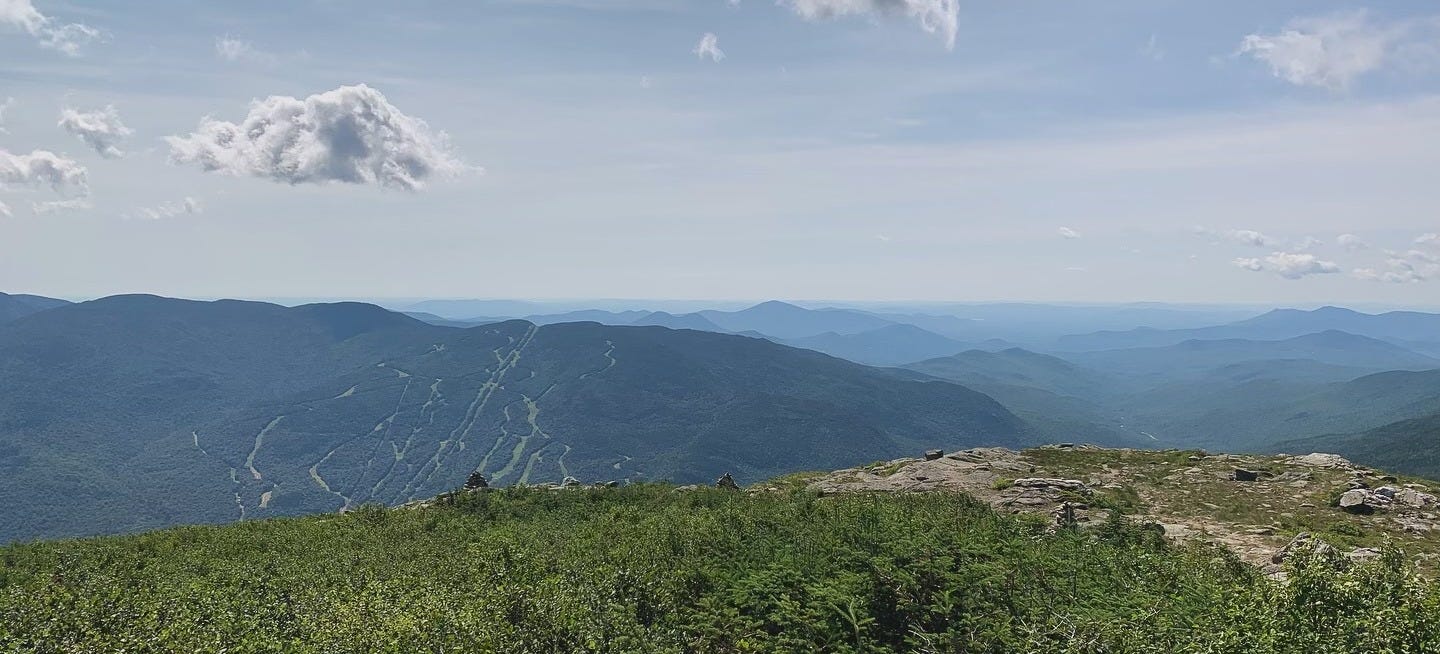I have been woefully absent from my writing desk of late. I must apologize to those of you who receive The Stream newsletter for the strange silence. The Stream dried up this past year.
I could blame it on corporate life. I could argue that having a job took up all of my mental energy. But that wouldn’t be the truth.
As Gen Samten, the resident teacher of Kadampa Meditation Center New York once told me: “Busyness is a state of mind. We can have a lot going on, but not feel busy.”
Earlier this year, I did an experiment that proved the truth of this. I combined my high-octane job at a Fortune 250 with a two-month-long meditation retreat. It was a masterclass in the power of mindfulness in transforming reality.
I kicked off 2024 with my “snows retreat”. This comes from the Mahayana/Vajrayana Buddhist tradition, where we count a huge number of mantras combined a sadhana practice (Sanskrit: “method of accomplishment” or ritual prayers). You could say it’s a bit like doing a spiritual marathon. We embark on a very long, inner journey for a pre-determined amount of time. I did it in an amazing virtual community with five other sangha jewels from Boston MA to Belfast ME.
I had first done this retreat “full time” in 2011. I was still a new immigrant to the U.S. back then and was consulting for work, so had ample time and freedom to disappear for a few weeks. I packed my suitcase and took various buses and trains to Kadampa Meditation Center New York, a temple which offers in-depth retreats every year. It was blissful. I counted mantras amid the snowfall, walked in the silent woods, ate hot meals cooked lovingly by residents, and sank into an inner journey with relish and renewal and joy.
This time, 13 years later, I was going to do the same but now would wrap it around a full-time job at a corporation.
In all honesty, I was entirely skeptical that this would work.
Setting boundaries
Our first step before the retreat began was to create boundaries.
This is where you decide on markers that will help you stay within certain mental parameters during your retreat. It’s a bit like in the old days in Tibet when people would literally place stones around their landscape, saying, “I will not go beyond here for this set amount of time.”
(For an in-depth explanation of boundaries see my last post from 2023 linked below)
January retreat month
For the last 12 years, ever since I moved to Maine from Hong Kong, January has been retreat month. It’s a time where Kadampa Buddhists all over the world traditionally engage in meditation retreat.
My boundaries this time included not going on social media for the duration of the retreat. I was allowed to go on LinkedIn, as I needed to for work. But it would be minimal. I also made a boundary to avoid media of all types. I live with a husband who enjoys watching TV, so it was okay to have some of that noise come in, but I wasn’t going to sit and watch/read anything intentionally. Of course, for work I was allowed to consume media. All these boundaries, by the way, are entirely up to us.
When my retreat began, for the first couple of weeks, this was all pretty hard to do. It felt entirely unnatural for me not to be scrolling through my phone every hour. I started to worry, what if this made me entirely unproductive at work? Maybe I needed my Spotify playlist to help keep me working fast. Was this even possible?
But the calm power emitting from the prayer and practice, combined with weekly Zoom check ins with fellow retreaters, meant that I was feeling deeply at peace and encouraged. So, unlike my normal self who might have given up the moment it got too hard, I persevered. And like any nutritious new habit we’re introducing into our life, after spending enough time with the initial discomfort, that’s when the magic started to happen.
The remarkable effects of retreat
By the end of January, a tremendous amount of space was starting to appear within my mind. This was despite my job being incredibly action-packed at the time. I was floating in an inner space of peace and tranquility. I was moving from meeting to meeting with a deep sense of resiliency, finding that my boundaries were not hindering me at work but leading to greater focus.
Four major insights then emerged within this mental spaciousness:
1. Sitting still and walking (instead of scrolling) are deeply generative.
In my old habit at work, I would reach for my phone and start to scroll the moment I got bored or overwhelmed. Have you ever done that? My retreat boundaries suddenly obstructed this habit. So now, I had to just sit with the problem. And give it time.
At other times, I went for a quick, restorative walk. This was another boundary of mine, I made the decision to go for a walk or use my exercise bike at least once a day. From of these actions, my productivity actually shot up. I was solving problems more quickly because I wasn’t distracting myself by turning to noise.
I was also having more fun. It turns out that when you meet problems with curiosity, kindness and acceptance, these challenges turn into innovation pods.
2. Time multiplies when you’re anchored in the present.
I was astonished at how much mental energy I had by 6pm, when the workdays finished, and I was now cooking dinner. (Finding joy in the cooking of fresh foods, was another boundary item. I gave myself a commitment to enjoy cooking for my husband and I). Previously, evenings would be spent largely phone scrolling. But now, I had time to do household chores or get ready for another hour-long retreat session. And I began to notice the phenomenal amount of time and energy available to me, when I wasn’t sitting on a sofa doomscrolling.
3. Creativity awakens in silence.
Despite a 40+ hour workweek and all these additional retreat sessions, I felt like I suddenly had more time. I would sit by the wood stove in the basement in the evenings and read my Buddhist books. I would walk in the woods and listen to the deep silence of snow-covered pines. I felt my creative self begin to reawaken.
4. Healthy mind, healthy body.
My final insight was how much healthier my body felt during this retreat. I don’t know if it was the daily walks, the daily investment of time spent joyfully cooking fresh meals, or all the time counting mantras, but I have a feeling it was all of the above, combined with the fact that I was hardly touching my phone. There were many days where I literally lost my phone because I wasn’t using it much at all. My hands began to feel relieved of a sort of electrical charge. My entire biochemistry began to feel less electrified and more deeply aligned and at peace.
Let those rapids slow
And I wanted to conclude this episode of The Stream, just to share a note of encouragement. That we don’t need to embark on such a big retreat to gain these benefits. We can start small, even just deciding that for the coming week, we’ll follow a few boundaries, to allow us to relax mentally.
I’m also aware that I am writing about winter and snow just after Labor Day, when in the northeast we start that seasonal shift from summer to fall. This is the point in Maine when we start to notice the red maple leaves falling by our feet. Where we smell the woodsmoke again. Change is in the air, and days will be shortening.
What if we were to meet this change with an increase in our wish to be mindful?







